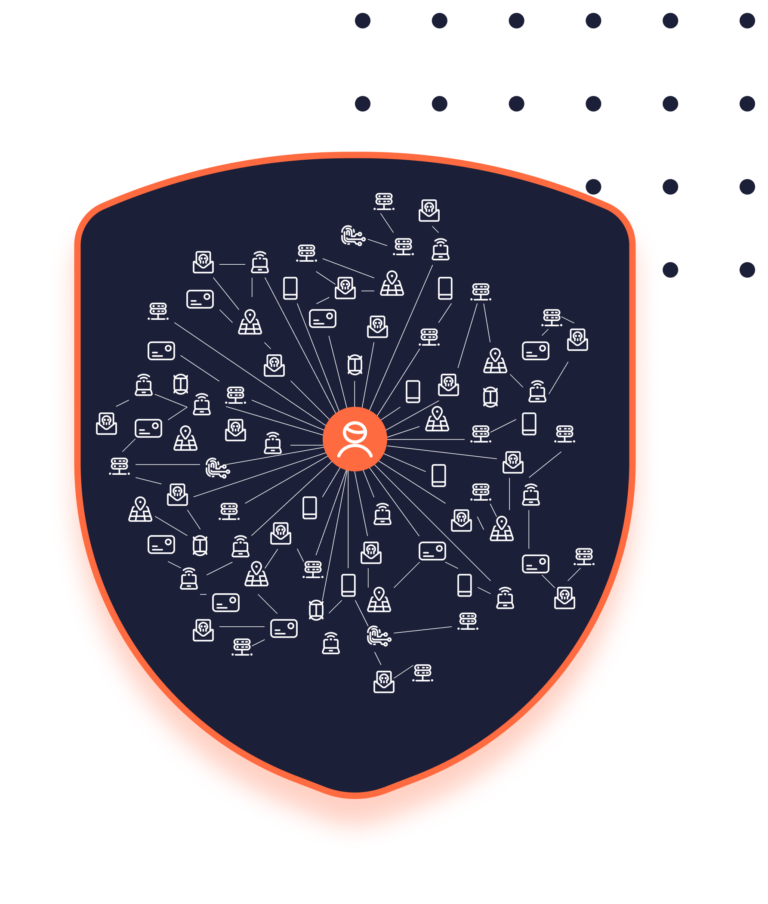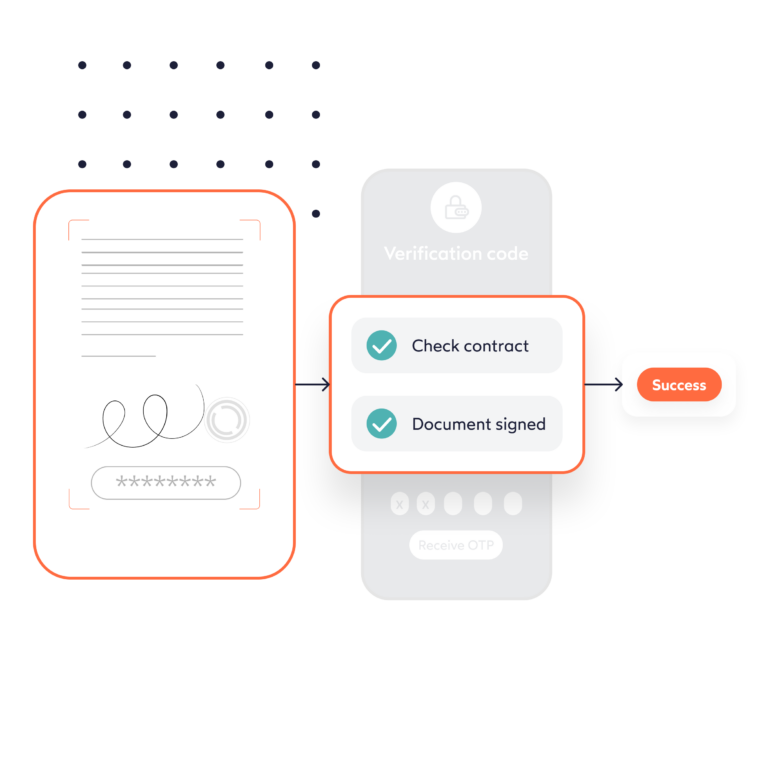We sit down with financial crime investigator, Jinisha Bhatt, to discuss the link between money laundering and human trafficking, the role of technology, and the importance of collaborative relationships.
When people talk about the ramifications of financial crime like money laundering, they often mention the impact to the financial system, or to a business, but you also talk about the ‘very human cost of financial crime’. Could you expound?
When I first began to investigate financial crime, what struck me most about incidents of money laundering, corruption, and human trafficking was how they serve to undermine legitimate businesses and governments, and in turn, society.
You see the starkest impact of a corrupt, fincrime-ridden society on the most marginalized of groups. Indeed, there’s a direct correlation between the rate of fincrime and violent crime.
What is the link between money laundering, and, for example, human trafficking or exploitation? What non-financial impact would the eradication of financial crime have on society and humanity?
As financial inclusion is the means to a more peaceful, equitable and just society, the eradication of fincrime would enable an equal distribution of public and private wealth – away from the underbellies of the launderers and corrupt officials to the public.
In turn, this would mean better social services, safer cities, better education, and a higher rate of social and economic mobilisation.
The biggest driver of a prosperous nation is not only wealth, but equal and fair wealth distribution.
It is estimated that less than 1% of criminal proceeds from human trafficking and exploitation flowing through the banking system ever gets detected, and of that only 0.8% of traffickers are prosecuted – while a mere 0.2% of victims are rescued annually. What are the reasons for these weak numbers, especially the 1% detection rate?
Trafficking is a transient crime. If institutions fail to detect trafficking activity while it’s happening in a specific location, it is too late to pass on any intelligence to regulators and law enforcement. To improve detection measures, financial institutions could be more focused on creating non-transactional detection rules, such as frequent changes to device metadata and device language, frequent credit card cancellations, and frequent use of certain keywords in transaction memos. To strengthen intel-gathering measures, financial institutions could also:
- Geomap frequently-used ATMIDs and/or branch locations
- Run adverse media searches on client usernames/aliases
- Conduct regular Open-Source Intelligence (OSINT) investigations on suspicious users and their associations.
From first-hand experience, I am convinced that the biggest reason we fail at prosecuting criminals and rescuing victims is a lack of collaboration between, and within, the public and private sectors. One of the major explanations for a lack of collaboration are some very stringent and outdated privacy regulations. For example, many large institutions with substantial data sets work with legacy systems. There are many sophisticated AI and DLT-based tools that enable safe data-sharing in an encrypted manner.
Another reason we struggle to rescue victims is a lack of victim-centered services. Many survivors struggle to find safe and prolonged housing, especially when they struggle with addiction. The lack of readily available and survivor-centered services contributes to a high revictimization rate. It is said that an average survivor is revictimized between 5-13 times before they are emancipated. And in this process, victims are financially excluded by institutions, especially when their credit rating and identity has been compromised by their perpetrators.
Could you talk a little more about your work in locating traffickers, in particular through the use of technology?
As a financial crime investigator, I came to realize that the industry’s approach to anti-trafficking investigations is fragmented. Data suggests that many countries have identified less than 1% of human trafficking victims in their jurisdiction. The rate of prosecution in many jurisdictions is also about 1%. My goal is to leverage technology and data to bridge the intelligence gap, and take in as many survivors as possible, while supporting law enforcement investigations. My team of volunteers and I implement various data, geomapping, and OSINT tools.
For example, in partnership with data and machine learning engineers, we scrape escort ads on active escort forums in individual cities, then process the data, and deploy machine learning tools to predict where the most egregious of trafficking activity might be occurring.
We then partner with Anti Money Laundering and OSINT investigators to create intel files on trafficking entities with a high-risk score.
We then use geomapping tools to cluster and map the most illicit trafficking networks so that our field intelligence volunteers can approach victims and extract them in a safe manner. We also send our intelligence files to law enforcement organizations, financial regulators and non-profit partners.
Our success is contingent upon true interdisciplinary action and many technological solutions.
Jinisha Bhatt, financial crime investigator.
Would you say this unique approach to financial crime investigations helps or hinders your work at times? What more can be done to educate institutions on the link between financial crime and human trafficking and terrorist financing?
I would say that this approach is a timely reminder that we need to look beyond a series of transactions and financial patterns when investigating financial crime. Often, the most profitable crimes are also the most egregious and vile, and financial institutions simply cannot combat them single-handedly. It’s not just a matter of getting ‘more education’; it’s about nuanced and scenario-based education from lived-experience experts. It is high time that institutions worked in tandem with survivors, governments, victim services, forensic services, law enforcement, and of course, each other.
You have recently shifted into the crypto sphere, is there a difference in the types of financial crime, or ease of financial crime execution, between crypto and tradfi?
My primary motivation to transition into crypto investigations was traceability and speed of transactions. Before I made the transition, I invested in a blockchain forensics designation and found myself beguiled by the infrastructure and the crypto compliance community at large. While many financial crime typologies are the same in defi and tradfi, as an investigator, I may have more transactional data at my disposal in the crypto space by virtue of distributed ledgers and block explorers. I also find myself conducting faster and proactive investigations while collaborating with other compliant crypto platforms.
What part does technology play in the detection of financial crime? As criminals continue to use increasingly advanced techniques, how can organizations stay one step ahead of the international networks to combat financial crime?
I believe our biggest challenge is the lack of effective and responsible info-sharing among organizations.
While individual organizations may have the best tools and talent at their disposal, their vantage allows them a narrow view of the juggernauts of financial crime operations.
Jinisha Bhatt, financial crime investigator.
If we aim to be proactive, we must work together and deploy the best technology that is interoperable and collaborative. Some of the best use cases of predictive AI I have seen have been deployed in the anti-financial crime sector. They were largely successful when multiple financial institutions forged collaborative partnerships to combat crimes like human trafficking.
If you’re interested in more insights from industry insiders and thought leaders, check out one of our interviews from our Fintech Spotlight Interview series below.
- Martin Lycka, SVP for American Regulatory Affairs at Entain
- Paul Stratton, financial crime trainer and apprenticeship coach
- Peter Taylor, ex CID officer, now fraud consultancy firm
- Mayur Joshi, Founder of Indiaforensic
By

Jody Houton
Content Manager at IDnow
Connect with Jody on LinkedIn



